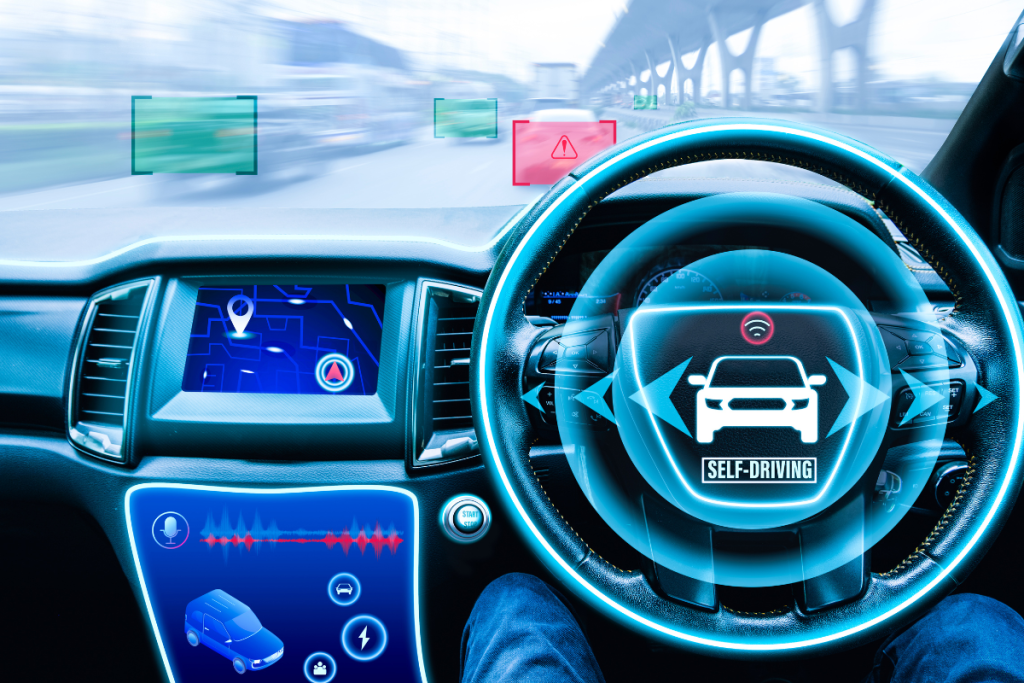Aurora Innovation has launched the first commercial driverless freight service in the U.S., operating autonomous Class 8 trucks between Dallas and Houston. The milestone marks a transition from pilot projects to revenue-generating operations and signals a measured but material shift in long-haul logistics strategy.
Autonomous Line Haul Operations Begin in Texas
Aurora Innovation has started regular driverless freight deliveries along Texas’ I-45 corridor, completing more than 1,200 miles without a safety driver. The trucks operate under Aurora’s SAE Level 4 autonomy system, with no humans in the cab. It is the first commercial deployment of driverless Class 8 trucks on U.S. highways.
The company’s rollout follows the completion of a formal safety case and engagement with federal and state transportation authorities. Initial customers include Uber Freight and Hirschbach Motor Lines, both of which previously ran supervised pilots with Aurora.
The deployment targets long standing operational pressures in freight transport, particularly driver shortages and asset underutilization. Autonomous trucks, which can run continuously without rest breaks, offer a potential capacity buffer in a sector defined by tight margins and high turnover.
Aurora’s system integrates redundant braking, steering, power, and sensing components, paired with a decision-making framework it calls “Verifiable AI.” The company says its technology has demonstrated consistent performance across complex scenarios, including night operations and evasive maneuvering.
Deployment Signals Broader Industry Shift
The current route, Dallas to Houston, is well suited for early deployment, with predictable traffic patterns and minimal terrain variation. Aurora plans to expand to El Paso and Phoenix by year-end, but broader rollout will depend on regulatory conditions and operational complexity across geographies.
The move to commercial operations does not imply near-term fleet-wide replacement. Instead, it introduces a hybrid model where driverless capacity supplements conventional operations on long-haul, high-frequency lanes. Urban delivery, inclement weather, and infrastructure gaps remain challenges.
For logistics and operations leaders, the implications lie in integration. Autonomous lanes raise questions around fleet composition, insurance risk modeling, and system interoperability. Managing a mixed fleet, with human and autonomous trucks, will require rethinking routing, maintenance schedules, and dispatch logic.
Autonomy as Infrastructure
Aurora’s entry into commercial service is less about disruption than infrastructure evolution. The company’s regulatory alignment and phased deployment reflect a strategy grounded in operational realism, not market hype. For now, autonomous trucking remains a targeted tool, not a wholesale shift. Its value will rest in where and how it is deployed: high-density lanes, predictable corridors, and cost-sensitive operations.




